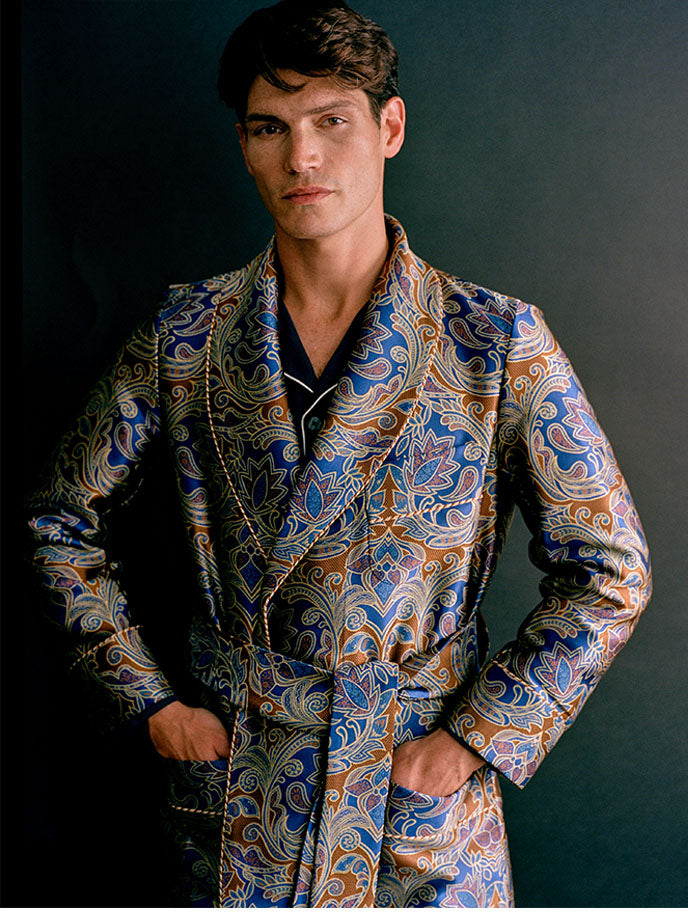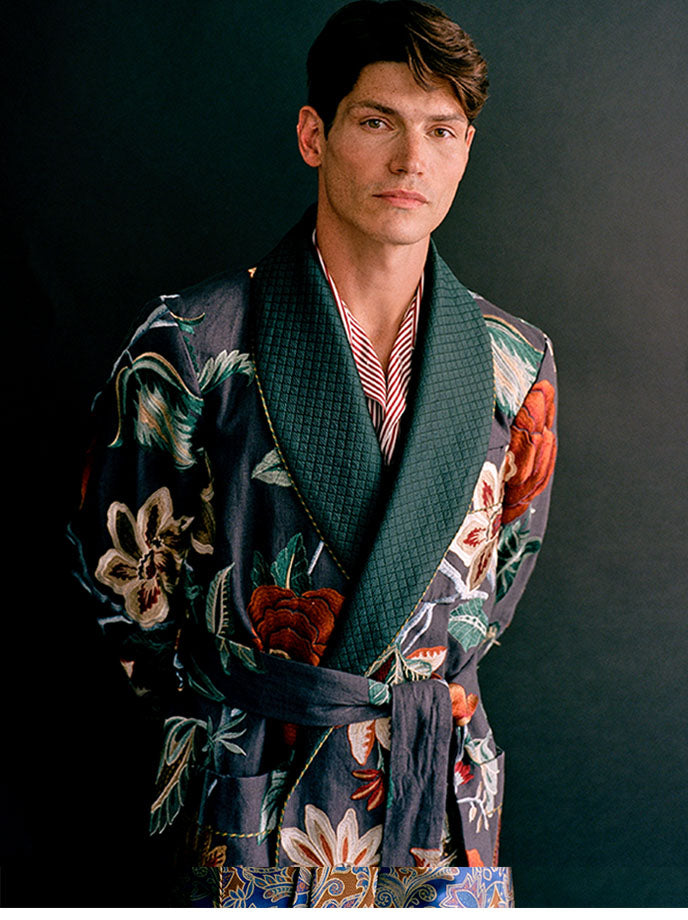Studying in London, you came into contact with painters like Leon Kossoff and Frank Auerbach. There are commonalities between your paintings and theirs, but I feel that there are also important differences. Is that fair to say?
I knew both of those artists — Leon better than Frank. Painting doesn’t exist in a vacuum, it comes from a culture, you can trace lineages backwards and forwards. I do think that’s where my roots are. I was 17, 18, at Saint Martins and that was my first experience of meeting real artists. A good teacher reveals yourself to yourself, and that’s what Kossoff did for me. But eventually, you have to disengage yourself from your influences in a certain way.
Is that why you left London for Cornwall?
I’d never been a Londoner. Though I loved it, I had an urgent need to get out of the gravitational pull of the London scene. I lost all of my professional contacts, but there was something more important at stake. The difference wasn’t London or Cornwall — it was more a need to find and retain my own voice at all costs.
And it seems like when you found that voice, did those professional opportunities re-emerge under a new guise?
So there I am in Cornwall, having lost all of my contacts in London bar a few, then the Tate in St Ives comes along. Nick Serota [then director of the Tate] came to my studio and, within a few minutes, said “leave it with me”. Soon after, in 2001, I had my solo show there. I’m not a recluse, but I am very private with my studio practice, so it was lucky that it happened. They have been very good to me ever since.
What a lucky encounter. It sometimes feels like there are things that make you a great artist and things that bring you success in a traditional sense, and I’m not sure how much these two categories overlap.
I agree with that. I cannot tailor my work to suit the market or the galleries. It has to cut through that. I can’t be beholden to cultural mores. If you look at the best painters from history, they were often underappreciated in their time.















